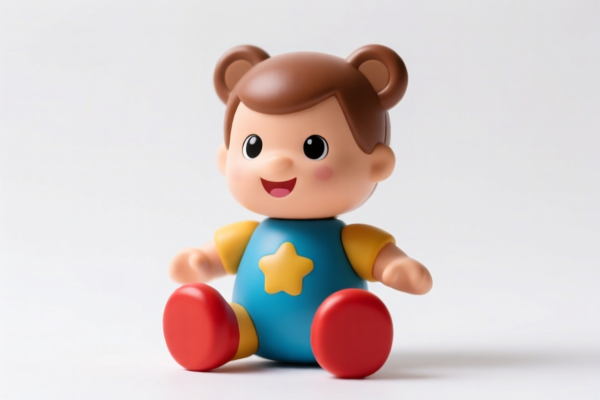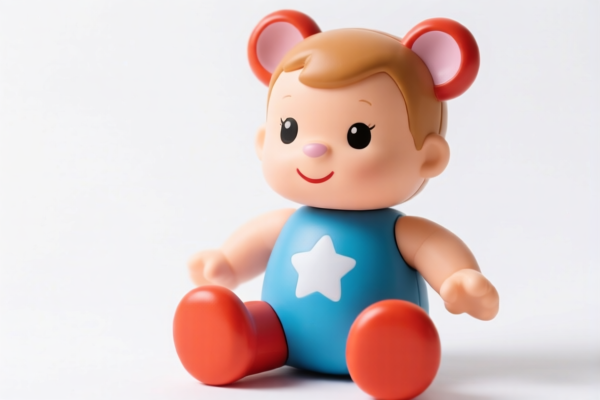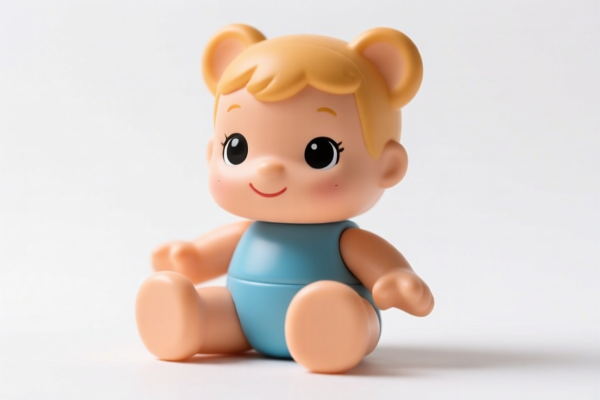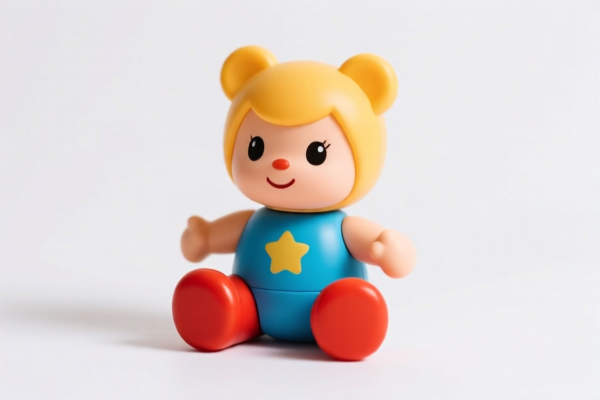| HS Code | Official Doc | Tariff Rate | Origin | Destination | Effective Date |
|---|---|---|---|---|---|
| 9503000090 | Doc | 30.0% | CN | US | 2025-05-12 |
| 9503000071 | Doc | 30.0% | CN | US | 2025-05-12 |
| 4421919300 | Doc | 55.0% | CN | US | 2025-05-12 |
| 4421999300 | Doc | 55.0% | CN | US | 2025-05-12 |
| 8304000000 | Doc | 33.9% | CN | US | 2025-05-12 |
| 9403608093 | Doc | 55.0% | CN | US | 2025-05-12 |
| 9402900020 | Doc | 30.0% | CN | US | 2025-05-12 |
| 3924104000 | Doc | 33.4% | CN | US | 2025-05-12 |
| 3924905650 | Doc | 40.9% | CN | US | 2025-05-12 |




Toy Activity Table
A toy activity table is a multi-functional play surface designed for infants and toddlers, typically incorporating various interactive elements to promote development through play.
Material:
- Plastic: The most common material, offering durability, ease of cleaning, and affordability. Often polypropylene (PP) or high-density polyethylene (HDPE) are used.
- Wood: Provides a more classic aesthetic and is often favored for its perceived safety and sustainability. Typically hardwood like beech or maple is used, finished with non-toxic paints and sealants.
- Metal: Less common, usually found in the table's frame for added stability.
- Fabric/Soft Components: Used for certain interactive elements or as part of the overall design for younger children.
Purpose:
The primary purpose of an activity table is to provide a dedicated space for children to engage in a variety of play activities, fostering:
- Cognitive Development: Through shape sorting, color recognition, and problem-solving features.
- Fine Motor Skills: Manipulating small objects, turning knobs, and building structures.
- Gross Motor Skills: Some tables encourage standing and walking around the perimeter.
- Social Skills: Encourages cooperative play with other children.
- Sensory Exploration: Incorporating different textures, sounds, and visual stimuli.
Function:
Activity tables typically combine several play features in one unit. Common functions include:
- Building Surface: A flat surface for building blocks, Lego, or other construction toys.
- Shape Sorters: Holes of varying shapes to encourage shape recognition and problem-solving.
- Bead Mazes: Wire mazes with colorful beads to develop hand-eye coordination.
- Musical Instruments: Integrated xylophones, drums, or other sound-making elements.
- Turning Gears & Knobs: Develop fine motor skills and understanding of cause and effect.
- Interactive Panels: Buttons, switches, and lights to stimulate curiosity.
- Storage: Many tables include storage compartments for toys and accessories.
Usage Scenarios:
- Indoor Play: Primarily designed for indoor use in playrooms, nurseries, or living areas.
- Early Childhood Development: Suitable for children typically between 6 months and 3 years of age, depending on the specific features and complexity.
- Supervised Play: Recommended for supervised play, particularly for younger children, to ensure safety and proper use of the features.
- Individual or Group Play: Can be used for both individual exploration and cooperative play with siblings or friends.
Common Types:
- Multi-Activity Tables: Incorporate a wide range of features, catering to diverse developmental needs.
- Water Tables: Specifically designed for water play, promoting sensory exploration and fine motor skills. Often include accessories like cups, boats, and pouring tools.
- Sand Tables: Similar to water tables, but designed for sand play.
- Duplo/Block Tables: Feature a raised surface with compatible pegs or grooves for building Duplo or other large building blocks.
- Art Tables: Designed for drawing, painting, and other art activities, often with easy-to-clean surfaces.
- Convertible Tables: Tables that can be adjusted in height or transformed into different play configurations as the child grows.
Toy activity tables fall under several potential classifications based on their specific features and materials. Here's a breakdown of relevant HS codes based on the provided information:
-
9503000090: This HS code covers tricycles, scooters, pedal cars and similar wheeled toys; dolls’ carriages; dolls, other toys; reduced-scale (“scaleˮ) models and similar recreational models, working or not; puzzles of all kinds; parts and accessories thereof. If the activity table is primarily considered a toy, this is a potential classification. The total tax rate is 30.0% (0.0% base tariff, 0.0% additional tariff, 30.0% additional tariff after April 2, 2025).
-
9503000071: This HS code also covers tricycles, scooters, pedal cars and similar wheeled toys; dolls’ carriages; dolls, other toys; reduced-scale (“scaleˮ) models and similar recreational models, working or not; puzzles of all kinds; parts and accessories thereof, specifically categorized as “Children’s productsˮ as defined in 15 U.S.C. § 2052, labeled or determined by the importer as intended for use by persons under 3 years of age. If the activity table is specifically designed for children under 3, this code applies. The total tax rate is 30.0% (0.0% base tariff, 0.0% additional tariff, 30.0% additional tariff after April 2, 2025).
-
4421919300: This HS code covers other articles of wood, specifically of bamboo, and further categorized as theatrical, ballet, and operatic scenery and properties, including sets. If the activity table is constructed from bamboo and is used for performance or play-acting, this code may be applicable. The total tax rate is 55.0% (0.0% base tariff, 25.0% additional tariff, 30.0% additional tariff after April 2, 2025).
-
4421999300: This HS code covers other articles of wood, categorized as other, and further categorized as other, and further categorized as theatrical, ballet, and operatic scenery and properties, including sets. If the activity table is constructed from wood (other than bamboo) and is used for performance or play-acting, this code may be applicable. The total tax rate is 55.0% (0.0% base tariff, 25.0% additional tariff, 30.0% additional tariff after April 2, 2025).
-
9403608093: This HS code covers other furniture and parts thereof, specifically other wooden furniture, categorized as other, and further categorized as other. If the activity table is classified as furniture, this code may be applicable. The total tax rate is 55.0% (0.0% base tariff, 25.0% additional tariff, 30.0% additional tariff after April 2, 2025).
It is important to determine the primary material and intended use of the activity table to select the most accurate HS code.
Customer Reviews
No reviews yet.